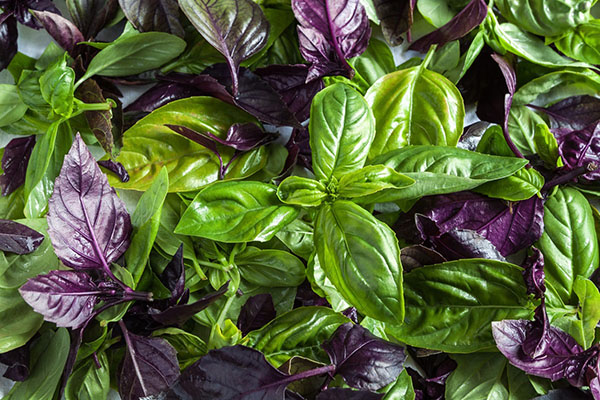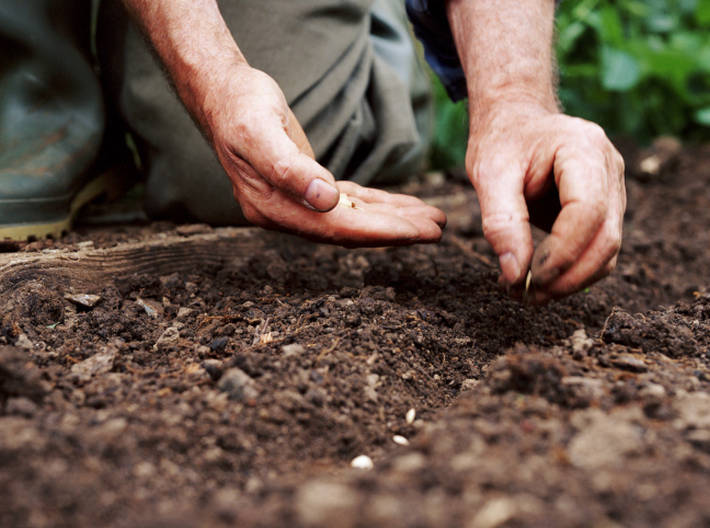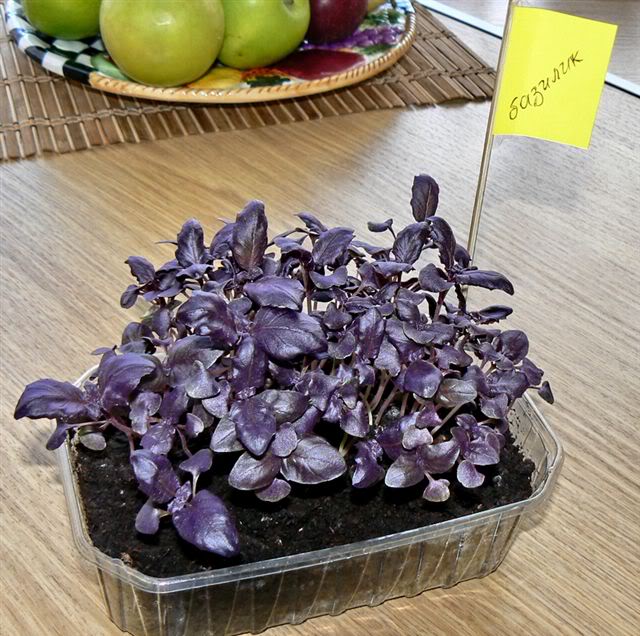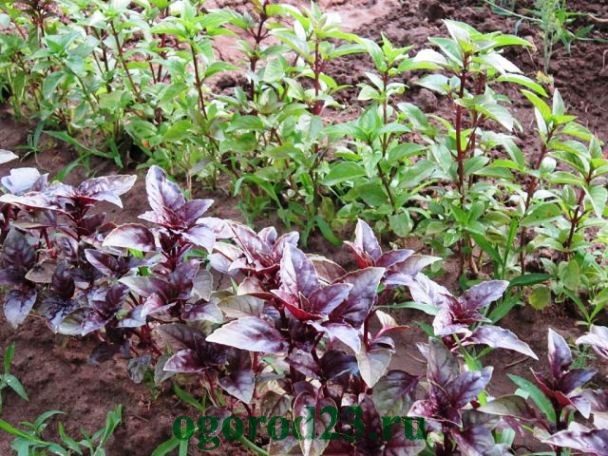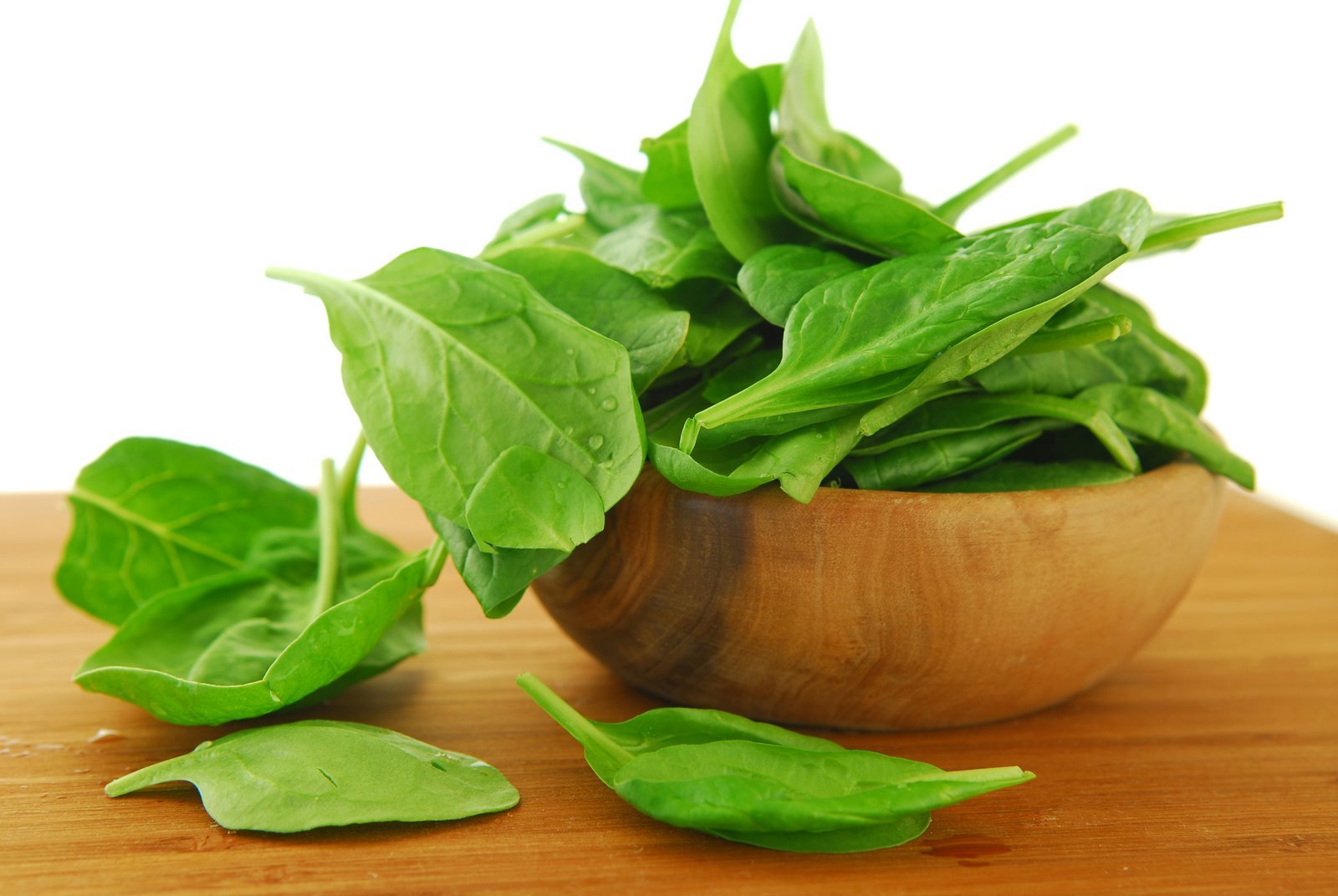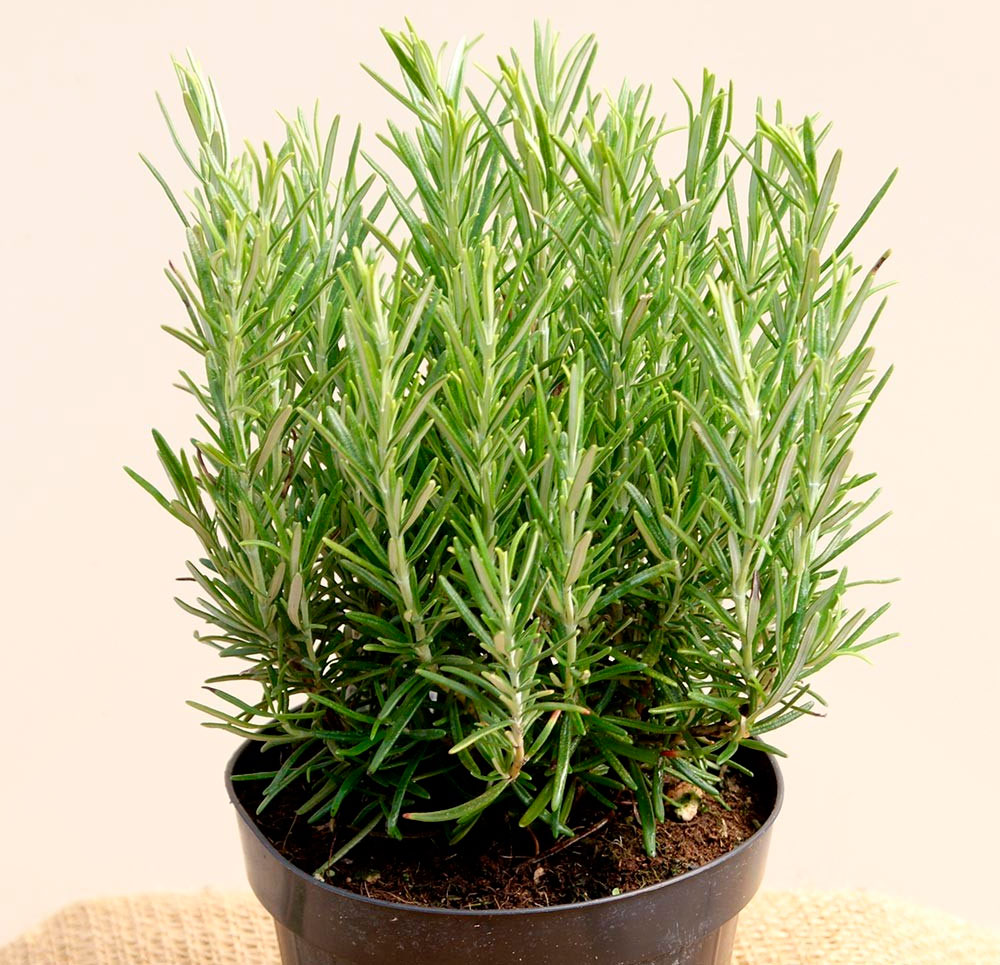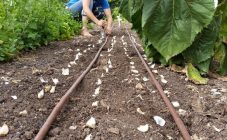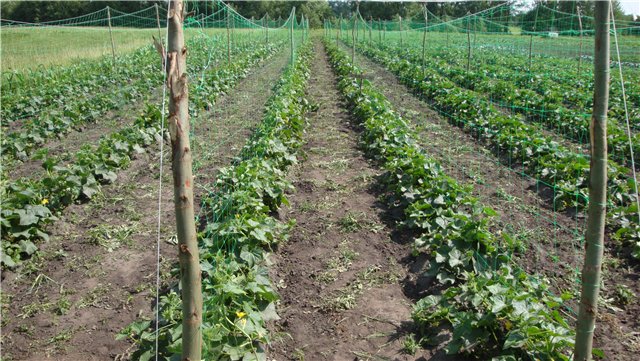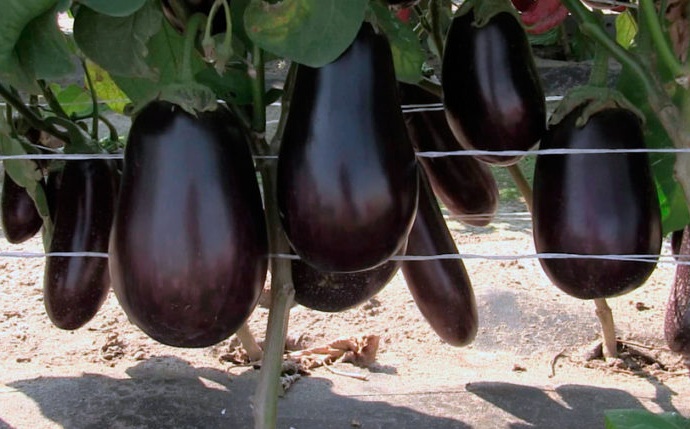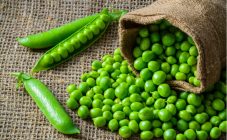Content:
Basil is an excellent medicine and a favorite vegetable spice. The plant can also be used as a garden decoration. Many gardening and horticulturists are interested in how to grow basil from seeds.
Features of agricultural technology
Basil, like other herbs, prefers open, sunny areas and fertile soil. It should be planted in such places. The plant develops very poorly on heavy soils - it gets sick and dies.
The plant cannot be grown for several years in the same place. Because of this, brown spots appear on the leaves. The plant returns to its original place only 5 years after the previous planting.
When choosing a place for planting, you need to remember that the plant is affected even by a slight drop in temperature and does not tolerate frost at all. Basil will not grow in risky farming areas. Planting seedlings in open ground is carried out not earlier than the beginning of June.
Sowing seeds
If the summer resident is going to grow basil, cultivation from seeds is the main way of breeding the plant. Adherence to the rules of sowing and care helps to grow strong plants. The most suitable varieties for growing from seeds are "Ararat", "Wonderful", "Tonus", "Novinka" and others.
Soil preparation
This is the most reliable way to grow a plant. Sowing seeds in the ground should take place in the first half of April. The soil should consist of 4 parts of compost, 2 parts of humus and part of river sand. First, it must be sieved and evaporated for an hour in a water bath.
Sowing seeds is carried out in moist soil to a depth of about 1 cm. The distance between the rows of seeds should be about 5 cm. After sowing, the soil should be covered with glass or polyethylene and kept in the light at a temperature of at least 20ºC. The first shoots appear in about a week or two.
Growing in a greenhouse
After all the seeds have sprouted, glass or plastic wrap should be removed. The temperature drops by about 5 degrees.
Crops must be watered in a timely manner, observing the measure. If waterlogging is allowed, then there is a risk of developing a black leg. This is a serious fungal disease that can destroy all basil crops. When the first symptoms of the disease appear, all crops should be treated with a solution of copper sulfate: for 2 liters of water - 1 tsp. substances.
The dive should be carried out after the appearance of the first pair of true leaves. When the seedlings grow up, you need to pin them over 6-8 leaves in order to stimulate the development of side shoots.
Two weeks before planting seedlings in open ground, they need to be hardened. To do this, they are taken out into fresh air for several hours.
Growing on a windowsill
We will learn how to plant basil in a seed house. At home, the growing process begins around the end of February or early March. You need to sow in disposable peat pots.
Before sowing, the seeds should be poured over a mild solution of potassium permanganate for several hours. The process of soaking the basil seeds before planting is imperative because they will germinate faster after that.
After soaking, they are placed in the soil to a depth of no more than 1 cm. As soon as the crops sprout, they must be covered with polyethylene. Germination of seeds should take place at a temperature not lower than 20º The plant should be in the sun for at least 4 hours during the day.
When the first pair of leaves appears, the plant, along with the peat-bust pot, is placed in a larger pot. A small drainage layer of expanded clay is placed at its bottom (this material can be replaced with broken brick or foam). For home cultivation, you need to choose a fertile, lightweight and permeable substrate.
When growing a culture at home, you should not forget to water it regularly. It is necessary to ensure that the soil in the pot is moist all the time. Once every 3 days, you need to carefully loosen the soil. The plant needs to be fertilized periodically.
Landing in the ground
Planting is carried out in late May or early June, when the threat of frost return has passed. Choose open, sunny areas where strong winds do not fall. Some fans manage to grow a plant near the trunks of young trees, where there is almost no shade.
A month before planting the plant, the site is dug up, humus, humus or compost are introduced into the soil. For each square meter, you need to add up to 2 kg of organic fertilizer. It is best to plant plants in the evening or on a cloudy day. You should dig shallow holes at a distance of about 20 cm from each and plant seedlings in them. The gap between the rows is about 30 cm. Freshly planted seedlings should be watered with warm water.
How to harvest correctly
Leaves, including purple varieties, can be cut from mid-summer. If you remove part of the peduncle, the plant will grow intensively, and a lot of leaves will form. The same is true for the purple varieties.
The seeds are fully ripe only by September. In the fall, there is no need to rush to remove the plant from the garden, because unripe seed material will not germinate.
Culture care
Basil needs to be watered daily, as it does not tolerate overdrying. The plant needs weeding, loosening the soil, top dressing, protection from insects.
Watering and feeding
Novice gardeners are interested in how others grow basil from seeds. The seedlings just planted in the open ground are still weak. They need to be covered for the first 2 weeks of cultivation at night with a film that is opened for the day. All weeds must be constantly removed from the site. You need to loosen the soil often - up to 8 times per season.
To stimulate the growth process of green mass, you need to feed on a monthly basis. 2 weeks after planting, a green or purple plant is fed with nitrophos (2 tablespoons of fertilizer per 12 liters of water). This amount of solution is enough for about 4 square meters. m.
Diseases and pests
The plant can suffer from such diseases:
- Blackleg is a fungal infection that develops in conditions of high humidity and acidity, insufficient aeration of the soil. The fungus infects the roots of the plant, due to which the stem becomes soft, the tone of the leaves decreases, and the plant dies;
- Fusarium is a fungal infection of the vessels of a plant. The diseased stems gradually wither and die;
- Gray rot - often found in plants growing in greenhouses and greenhouses. The disease is characterized by the appearance of gray spots on the leaves, which gradually affect the entire plant.
In order to treat rot and fusarium, it is necessary to treat basil with onion peel infusion. Blackleg is treated with potassium permanganate rinses. All diseased parts of the plant must be removed along with a clod of earth. The remaining hole must be disinfected with a solution of potassium permanganate.
If the disease has gone too far, the plants can only be cured with the help of fungicidal preparations.
Of the pests, the greatest danger to basil is aphids and bugs. Aphids suck out the juice from the leaves, which causes them to curl up, and the stems stop developing. As a result, the plant dries up. The pest secretes a sugary fungus, which is a favorable breeding ground for the sooty fungus.
Aphids can be fought in the following ways:
- processing the plant with decoctions of bitter wormwood, tansy, red bitter pepper, yarrow or onion;
- treatment with a solution of tar soap (for its preparation, rub 100 g of soap, which is dissolved in 10 liters of water;
- spraying with an ash solution (300 g of ash is poured with boiling water and boiled for 30 minutes, after which it is diluted in 10 liters of water).
Natural remedies can be used against aphids as soon as the aphids have been spotted. In severe cases, basil should be treated with karbofos.
The methods of dealing with a bug are the same as with aphids.
Tips & Tricks
A good harvest of basil requires some effort. The plant requires good growing conditions, warmth, sun and regular watering. To exclude the development of diseases, you need to adhere to the following recommendations:
- always prepare the soil before planting seedlings;
- to obtain fragrant leaves, water the plant with nettle infusion;
- sufficient watering will provide a pleasant basil flavor to the leaves;
- greens are cut if the length of the shoots is more than 12 cm;
- for harvesting for future use, the plant is cut off at the beginning of the flowering period.
Following the rules for planting basil, growing from seed, and when planting outdoors will help you harvest the leaves.
